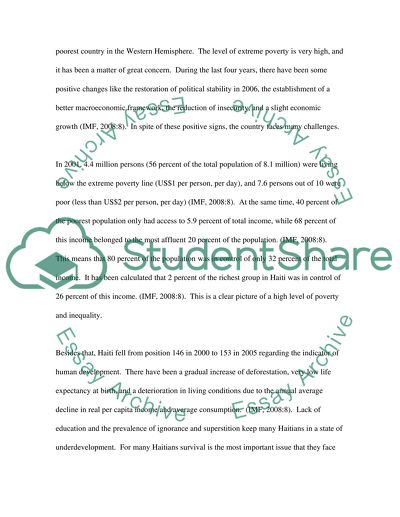Cite this document
(“Poverty in Haiti Essay Example | Topics and Well Written Essays - 1500 words”, n.d.)
Retrieved from https://studentshare.org/miscellaneous/1515934-poverty-in-haiti
Retrieved from https://studentshare.org/miscellaneous/1515934-poverty-in-haiti
(Poverty in Haiti Essay Example | Topics and Well Written Essays - 1500 Words)
https://studentshare.org/miscellaneous/1515934-poverty-in-haiti.
https://studentshare.org/miscellaneous/1515934-poverty-in-haiti.
“Poverty in Haiti Essay Example | Topics and Well Written Essays - 1500 Words”, n.d. https://studentshare.org/miscellaneous/1515934-poverty-in-haiti.


